This new car model has no steering wheel or pedals.
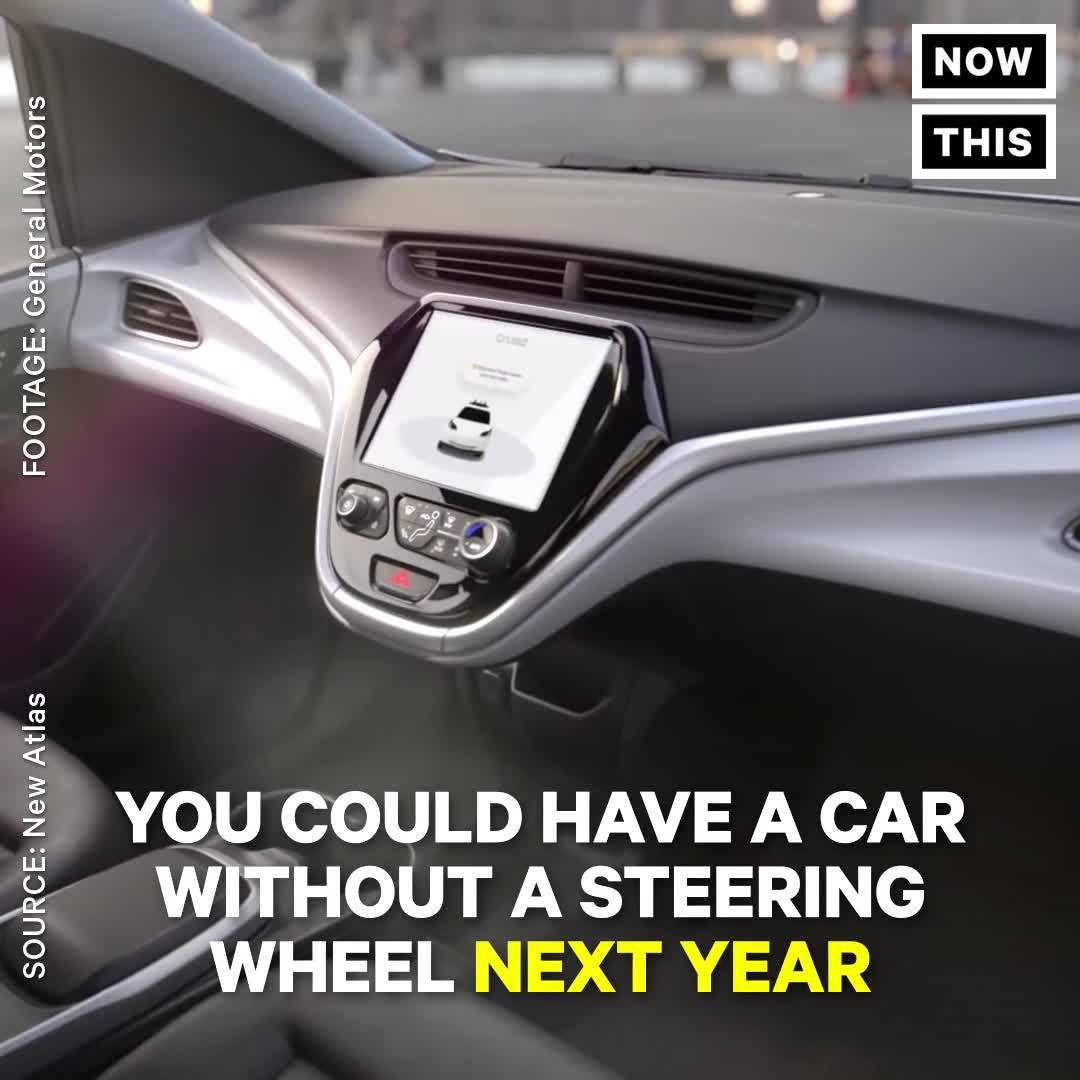

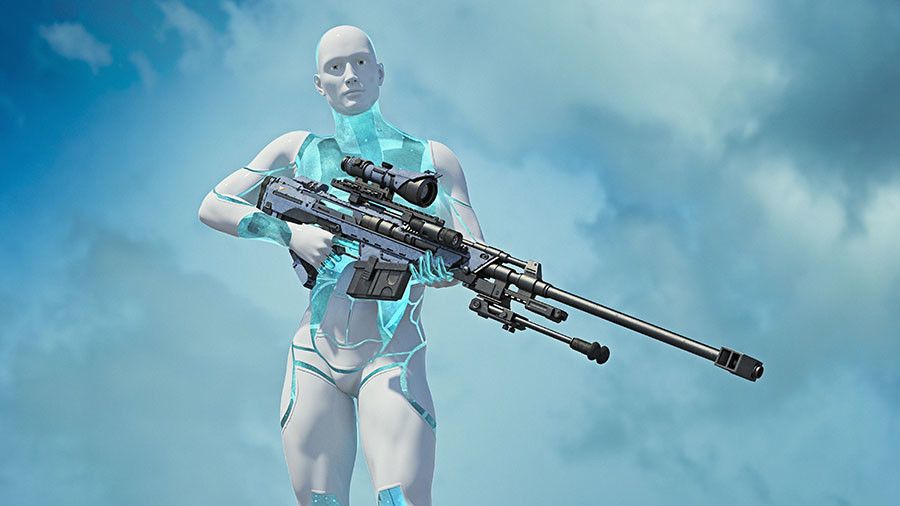
India and Japan have vowed to strengthen their strategic ties by increasing cooperation in the defense, robotics and AI sectors in coming years in response to Chinese regional ambitions and North Korea’s nuclear plans.
“You should expect to see increased bilateral cooperation between us to develop unmanned ground vehicles (UGV) and robotics,”Japanese State Minister for Foreign Affairs Kentaro Sonoura told the Times of India. The move follows the successful ratification of the Indo-Japanese civil nuclear agreement by Japan’s parliament in late 2017.
The two countries are launching a working group on cooperation between nuclear companies. “Japan’s intention is to start this quickly, possibly by the end of this month,” Sonoura said.
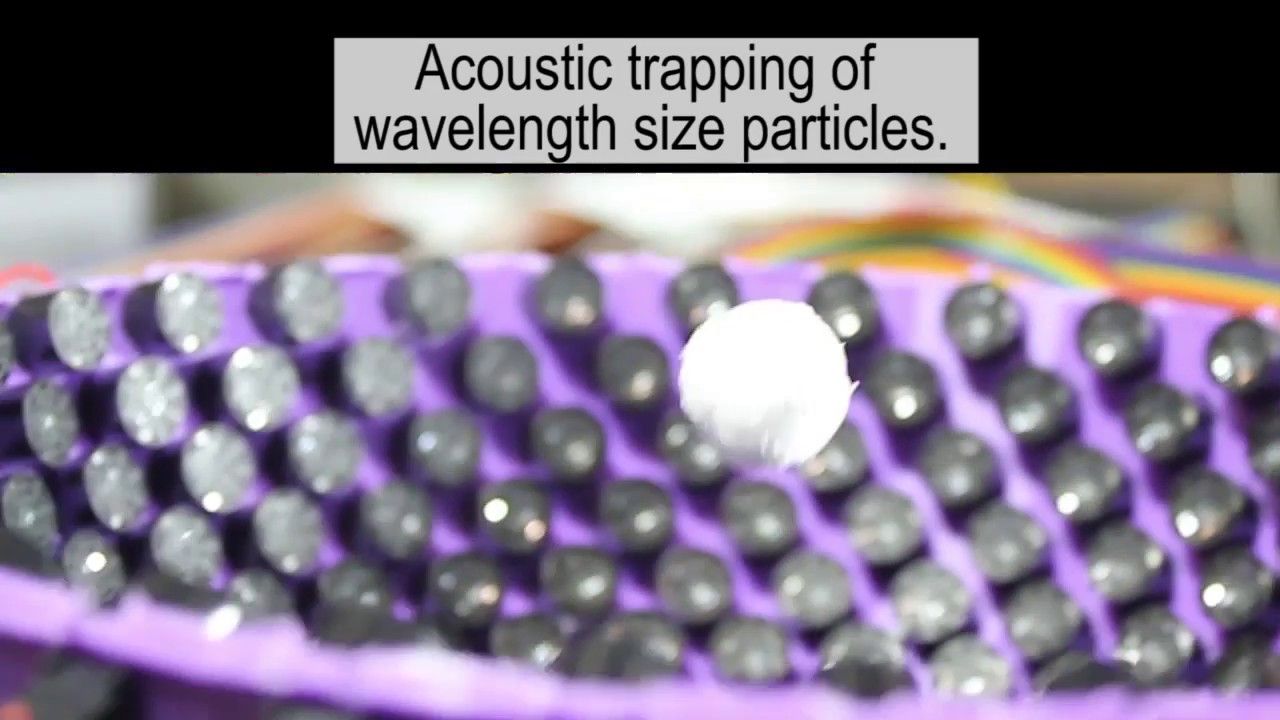
Acoustic tractor beams use the power of sound to hold particles in mid-air, and unlike magnetic levitation, they can grab most solids or liquids. For the first time University of Bristol engineers have shown it is possible to stably trap objects larger than the wavelength of sound in an acoustic tractor beam. This discovery opens the door to the manipulation of drug capsules or micro-surgical implements within the body. Container-less transportation of delicate larger samples is now also a possibility and could lead to levitating humans.
Researchers previously thought that acoustic tractor beams were fundamentally limited to levitating small objects as all the previous attempts to trap particles larger than the wavelength had been unstable, with objects spinning uncontrollably. This is because rotating sound field transfers some of its spinning motion to the objects causing them to orbit faster and faster until they are ejected.
The new approach, published in Physical Review Letters today, uses rapidly fluctuating acoustic vortices, which are similar to tornadoes of sound, made of a twister-like structure with loud sound surrounding a silent core.
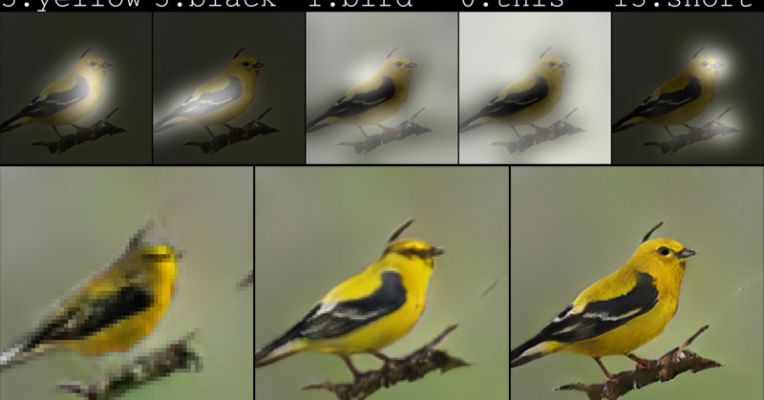
Microsoft today is unveiling new artificial intelligence technology that’s something of an artist – a “drawing bot.” The bot is capable of creating images from text descriptions of an object, but it also adds details to those images that weren’t included the text, indicating that the AI has a little imagination of its own, says Microsoft.
“If you go to Bing and you search for a bird, you get a bird picture. But here, the pictures are created by the computer, pixel by pixel, from scratch,” explained Xiaodong He, a principal researcher and research manager in the Deep Learning Technology Center at Microsoft’s research lab in Redmond, Washington, in Microsoft’s announcement. “These birds may not exist in the real world — they are just an aspect of our computer’s imagination of birds.”
The bot is able to generate a variety of images, researchers say, including everything from “ordinary pastoral scenes,” like those with grazing livestock, to the absurd – like “a floating double-decker bus.”
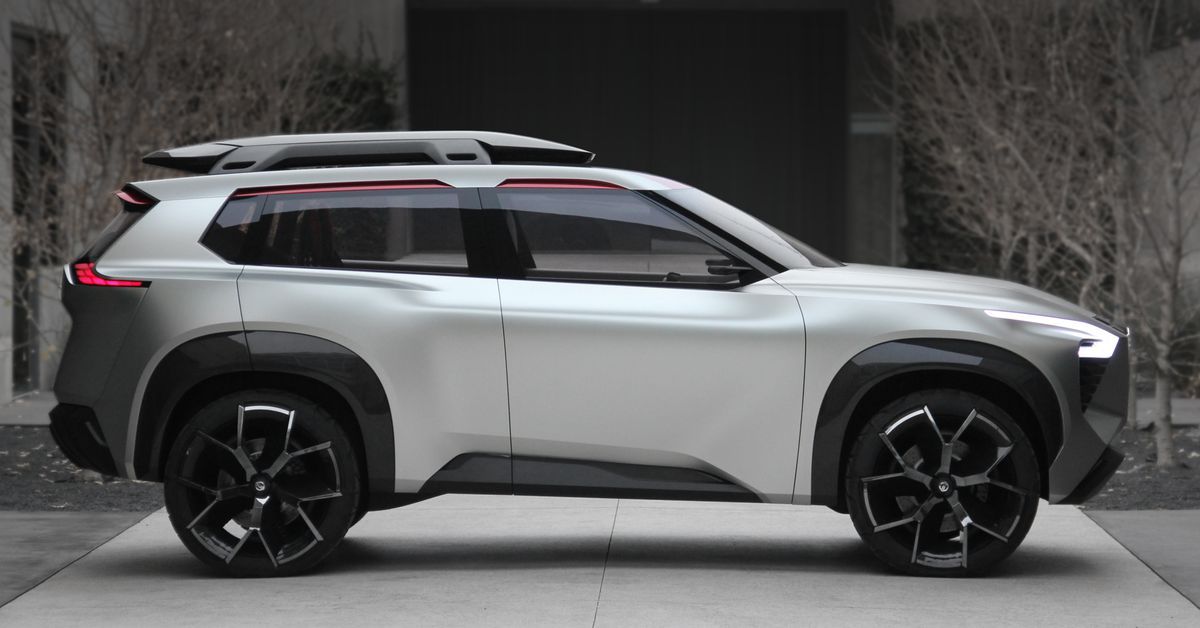

BMW is promising a series of new all-electric cars starting next with the first all-electric Mini, but the most anticipated one is the 2021 iNext electric vehicle, which the German automaker has been positioning as a Tesla Model 3 competitor.
They are now hinting at a major range increase for the upcoming vehicle.

You know that warning on your car’s side view mirror that says “objects may be closer than they appear”? You won’t see that on this new Mitsubishi prototype. You won’t even see mirrors on it.
That’s because Mitsubishi has ditched the mirrors and replaced them with cameras: one each on the driver’s and passengers side and another to handle rear-view duties. There’s more to the system than just cameras, of course.
As is the case with almost everything tech-related in the news these days, Mitsubishi’s mirrorless system will utilize an advanced AI to help keep drivers safe. The cameras can detect objects as far away as 100 meters, and the AI can distinguish between pedestrians and vehicles — and even figure out what kind of vehicle is approaching.
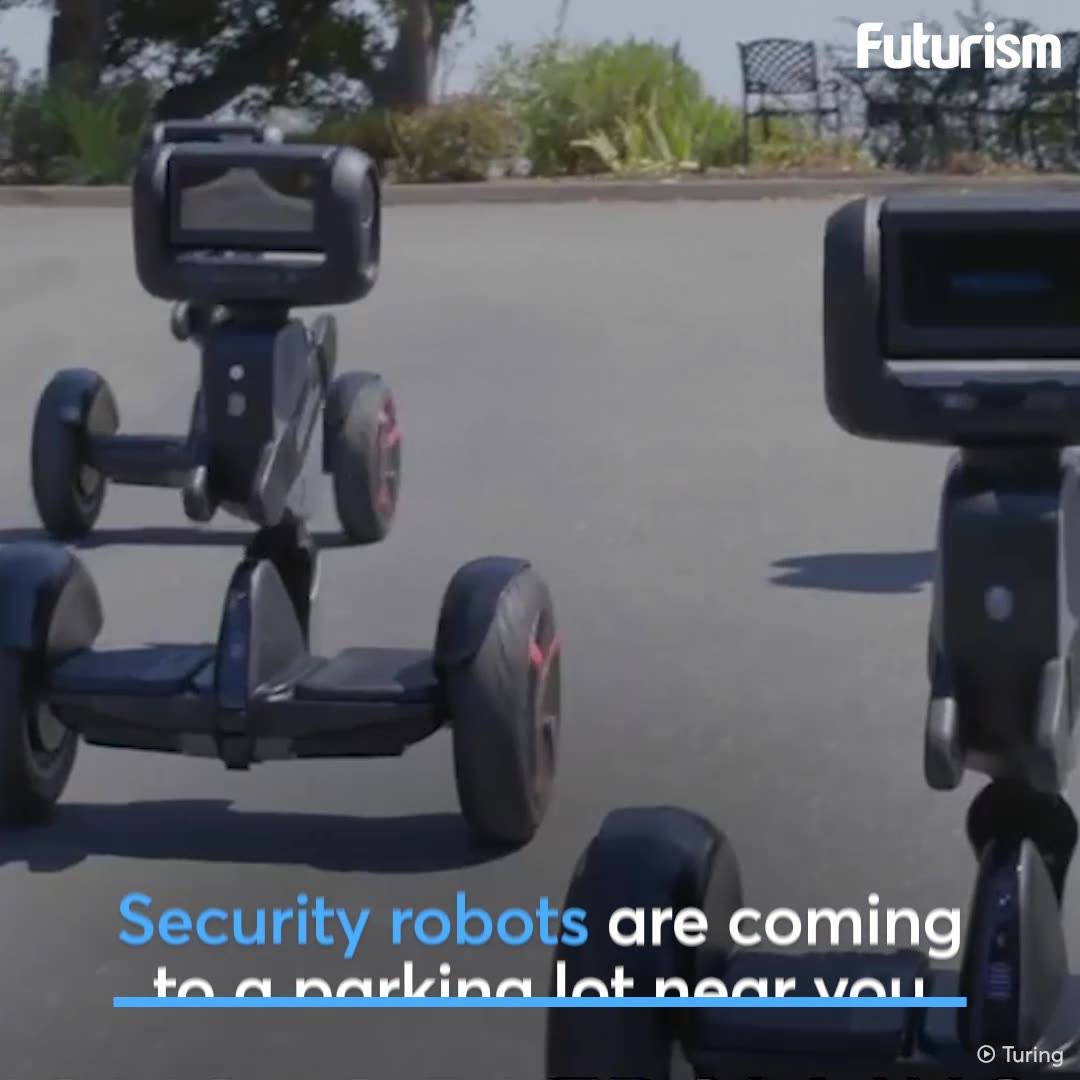
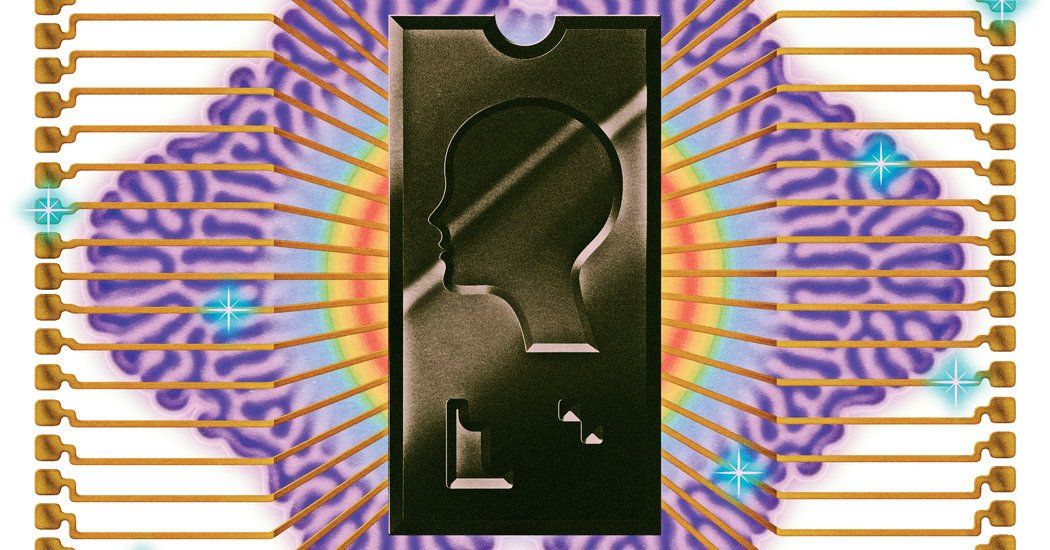
Today, at least 45 start-ups are working on chips that can power tasks like speech and self-driving cars, and at least five of them have raised more than $100 million from investors. Venture capitalists invested more than $1.5 billion in chip start-ups last year, nearly doubling the investments made two years ago, according to the research firm CB Insights.
SAN FRANCISCO — For years, tech industry financiers showed little interest in start-up companies that made computer chips.
How on earth could a start-up compete with a goliath like Intel, which made the chips that ran more than 80 percent of the world’s personal computers? Even in the areas where Intel didn’t dominate, like smartphones and gaming devices, there were companies like Qualcomm and Nvidia that could squash an upstart.
But then came the tech industry’s latest big thing — artificial intelligence. A.I., it turned out, works better with new kinds of computer chips. Suddenly, venture capitalists forgot all those forbidding roadblocks to success for a young chip company.

Toyota revealed a self-driving concept vehicle, the e-Palette, at the International Consumer Electronics Show (CES) in Las Vegas on Monday.
The electric, box-shaped vehicle will come in three sizes. The largest will be around the size of a bus and be able to haul freight and make large deliveries, while the smallest will be compact enough to travel on sidewalks. Toyota envisions the e-Palette will serve a variety of potential uses, allowing businesses to deliver goods, transport people, or use the vehicle as a mobile storefront or office.